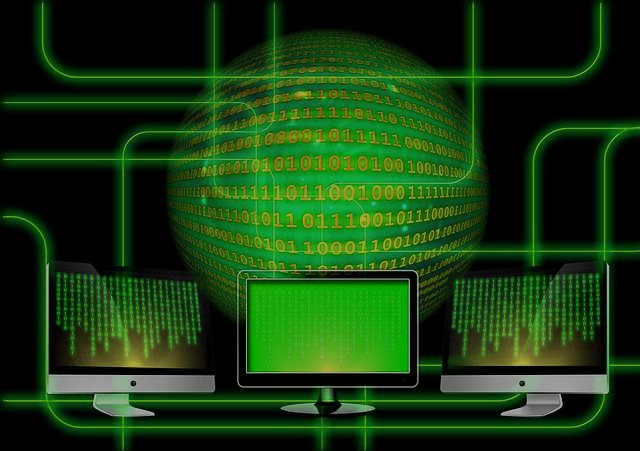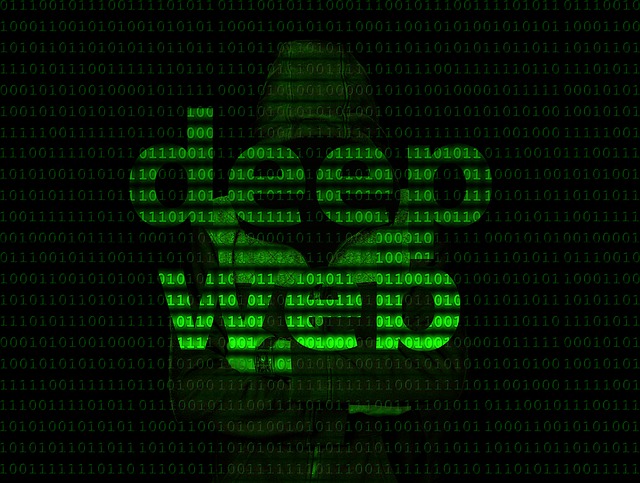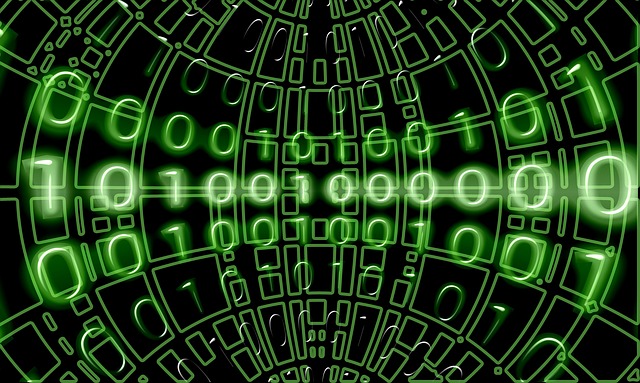Over the past few years the TOR hidden network and other related services have been featured prominently on the news as part of the so-called Dark Web or Deep Web. There is a large difference between these three computer networks. Our article will shed light on some of the misconceptions and showcase what the dark web really is and how computer users can differentiate between it and other related areas.
Networking Basics – What Is the Internet and How Is It Different from the Dark Web?
Computer users browsing Facebook, Instagram or browsing emails probably don’t know that they are actually engaging in a multitude of different networks and protocols. To explain how the infamous TOR hidden network, dark and deep web operate we must first explain some of the basics.
Most of the popular activities happen on the World Wide Web (abbreviated as WWW). It is accessed using web browsers and is probably the most widely used network of the Internet. It can be thought as a type of service that is part of the wider computer network. The WWW basically hosts documents and sites that are accessed through the browsers – Mozilla Firefox, Safari, Google Chrome, Internet Explorer, Microsoft Edge and others for example. The primary benefit of this network is that it provides web pages that contain hyperlinks and multimedia files – probably the most logical way of accessing content. Every time you type in a web address, for example www.google.com you access Google’s servers on the World Wide Web (WWW).
There are a lot other services that are part of the Internet, the network that we wrongly assume as the world wide web. Accessing e-mails and conducting Skype calls for example are other available services that may be conducted on other networks as well. There are closed academic networks and P2P networks that use other networks outside of the WWW, but still are part of the Internet. To understand better the various services we must first outline one of the basics as viewed from the computer users perspective:
- Network – The different networks can be differentiated by the rules that govern their use. They may restrict access, use particular protocols and provide a limited set of services.
- Protocols – They refer to the “language” used by the applications and services. Some networks specify their own rules and are compatible for certain protocols. For example private news bulletin networks may utilize a protocol that can download, retrieve and upload text data. Remote controlling certain machines and systems on a critical production facility may be only allowed using a secure shell login account with a certain set of security measures.
- Services – They represent the possible actions available on a particular network. To illustrate this, private university networks may allow for e-mail messages transfer, sharing of data and other services. They are usually accessible only from the internal computing network of the institutions.
The Internet as the global computer network provides access to many public or private networks that may utilize different network access restrictions, protocols and provide varied services. It is up to the user to obtain the needed software means (web browsers, e-mail clients, P2P applications, instant messaging apps and etc.) to be able to use the requested services.
As such the Dark Web and Deep Web are two very different concepts from the Internet and the World Wide Web. Continue reading to understand how they are related to the global network.
The Deep (Not Dark!) Web And Its Hidden Networks
The deep web constitutes a part of the World Wide Web that cannot be accessed if the address is not known. Deep web sites are usually not indexed by search engine sites or hyperlinked in public documents. The invisible web can include any of the following types of sites and services:
- Restricted Content – Paid sites are one of the best-known examples of deep web content. Paywalls prohibit the files from being accessed from the public without an user name of passwords.
- Personal Cloud Services – Every time a user accesses their e-mail, Dropbox or Google drive online storage account they actually login to a deep web service. It is part of the service provider’s network that is accessible from the wider Internet using authentication (username and password) mechanisms. This is also the case when it comes to accessing personal bank accounts and other related services.
- Web Archives – Many large companies, government agencies and web services create backup copies and web archives available on request if an issue is detected. On certain contains it is possible to access them from the network.
- Unlinked Addresses – Non-indexed sites and files are probably the other famous example when it comes to the deep web. Such sites can be “revealed”to the public when they are hyperlinked or indexed by a search engine or another service found on the “normal” Internet.
It is possible to access certain deep web networks via relay services or private links.
The Dark Web and The Underground
The dark web is probably best known for its criminal underground. Dark net services and networks are only accessible via special relays, some of them use connections available from the global computer network (The Internet). Probably the most famous example is the Tor Hidden Service.
The Tor Network is a privacy-centric network that is primarily developed with security in mind. Its original intenet and purpose was to provide a safe environment for communicating data over states and to fight against censorship worldwide. The TOR network nodes are located around the world and as the data is routed through them it is very hard to geolocate and identify the users. All of the network traffic is encrypted as a secure channel is enforced.
The Dark Web can be used to plan, operate and unleash a wide array of criminal activities. Some of the most popular ones include the following:
- Underground Hacker Markets – Computer criminals can cooperate, buy and sell hacker tools (viruses and tookits) and plan attacks of various size. The dark web is the main trading spot for all contemporary virus developers and their clients. Hacking tutorials, ready-made software and custom scripts can all be acquired from the criminal communities
- Iliegal Goods Trading – The dark web marketplaces are currently the most popular trading spots for all kind of illegal goods and services. The sales list includes anything from drugs and iliegal pornography to fake passports.
- Botnet Networks – Infected computers can be recruited to large international botnet networks. They are caused by Trojan and ransomware virus infections and access to them is provided based on different payment schemes.
- Fraud Operations – Criminals can conduct fraud schemes, plan spam email operations and other related crimes by cooperating on the Dark Web forums.
- Terrorism – Many terrorist groups utilize the anonymous networks for privacy concerns.
Conclusion
We hope that this guide outlined the key differences between the three networks – the global Internet, the non-indexed Deep Web and the underground Dark Web. It is a known fact that actual Internet usage accounts for only a very minor part of all web activities. Most computers actively interact with deep web content by logging on to various restricted services – e-mail accounts, instant messaging sites and social networks. Its important to note that like every service, there are a lot of security risks involved in using the networks. Our site is constantly updated to reflect the latest security news and virus removal guides.





